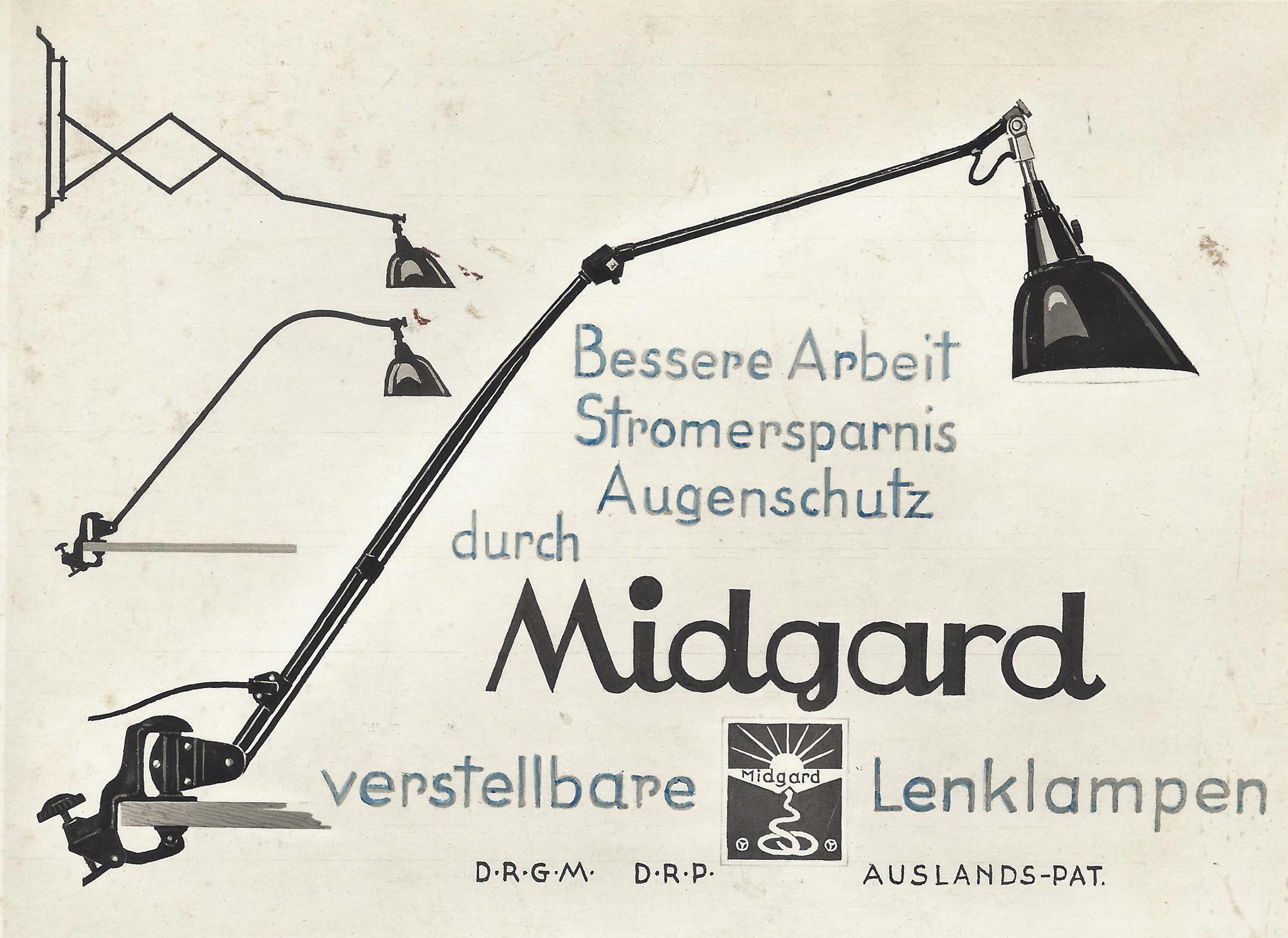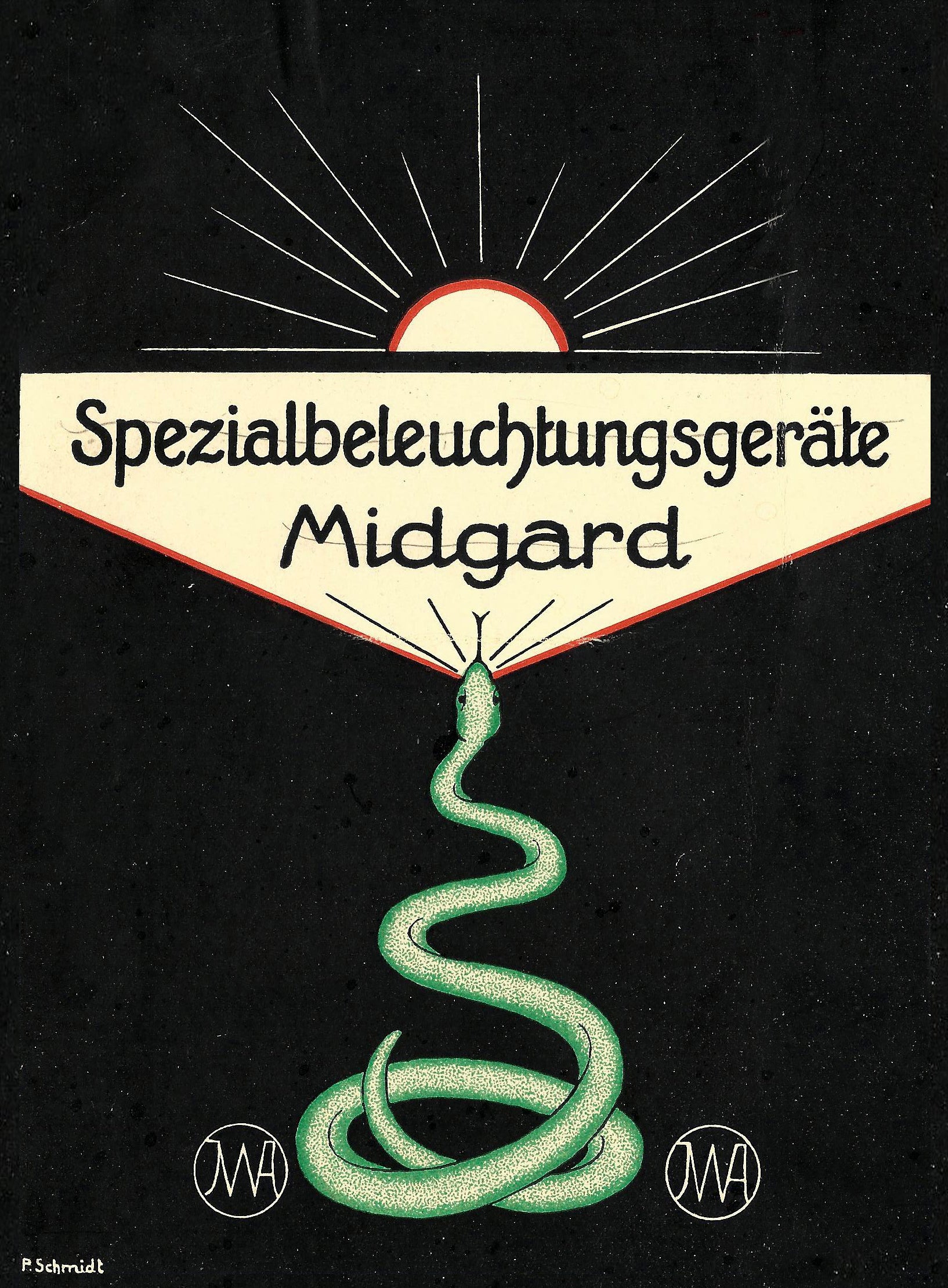About Midgard
Midgard Licht fue fundada en 1919 por Curt Fischer - el inventor de la iluminación orientable, regulable - y sigue produciendo su colección de iluminación con moldes originales y fabricada en Alemania.
Midgard lamps are defined by their superior functionality, quality and design and found many admirer. Amongst them the architect Walter Gropius who used Midgard lamps for his private use as well as the Bauhaus design school in Dessau Germany.
In keeping with the radical spirit of its founder, the makers of Midgard Licht translate the inventive spirit of modernism into collaboratively developed designs of the postmodern age – as exemplified by AYNO (Stefan Diez), LOJA (Sebastain Herkner) and forthcoming RAY (Loddo+Berger).
The story
The history of adjustable lighting begins in 1919: in the town of Auma in Thuringia, central Germany, engineer and entrepreneur Curt Fischer obtains the world’s first ever patent for an adjustable electric lamp. A short time later, he registers the Midgard trademark. The snake in the logo is intended to symbolise the flexibility of his technically groundbreaking and innovatively designed lamps.
Their precise machine aesthetic and ingenuity strikes a chord with the avant garde of architecture and product design: when the Bauhaus moves into its new buildings in Dessau in 1926, Midgard lamps are among the furnishings. The TYP 113 table lamp, for instance, can be found in the houses of Walter Gropius and Josef Albers, as well as in the studios and apartments of Bauhaus students. Midgard subsequently develops the Modular lighting system on the basis of its TYP 113 and TYP 114 lamps. Into the 1950s, more pioneering models follow, including the spring-balanced lamp, the archetype of a desklamp, a german original produced until today.
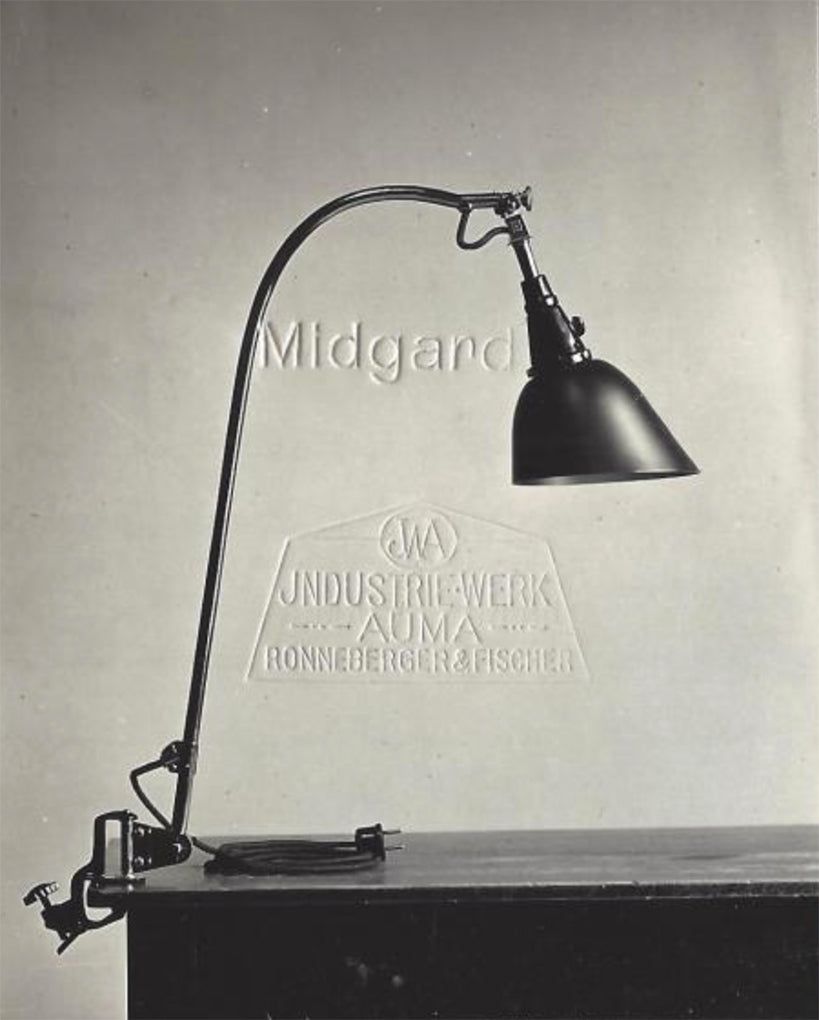
Midgard Licht Archiv
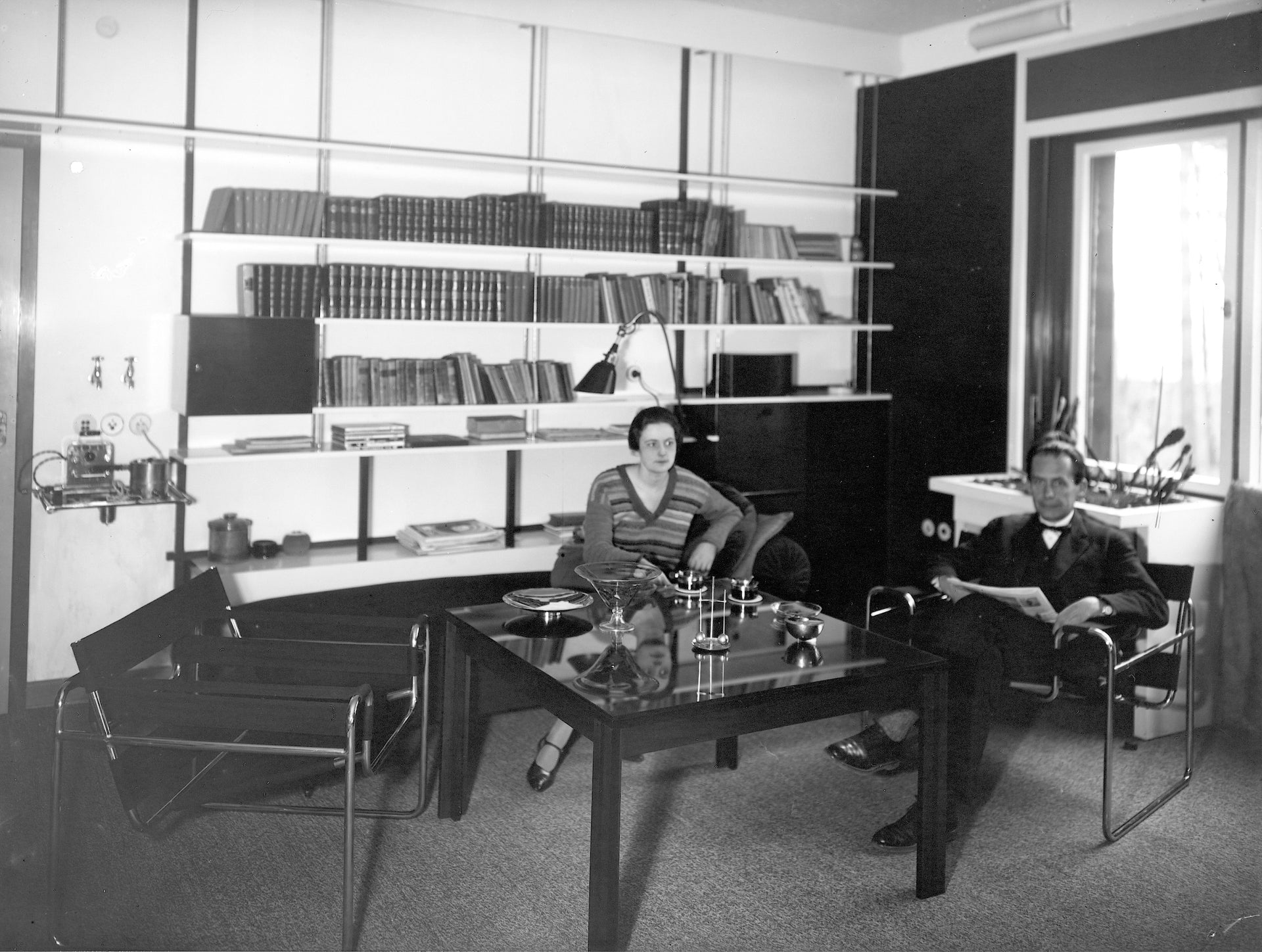
Walter + Ise Gropius, Foto Lucia Moholy 1927
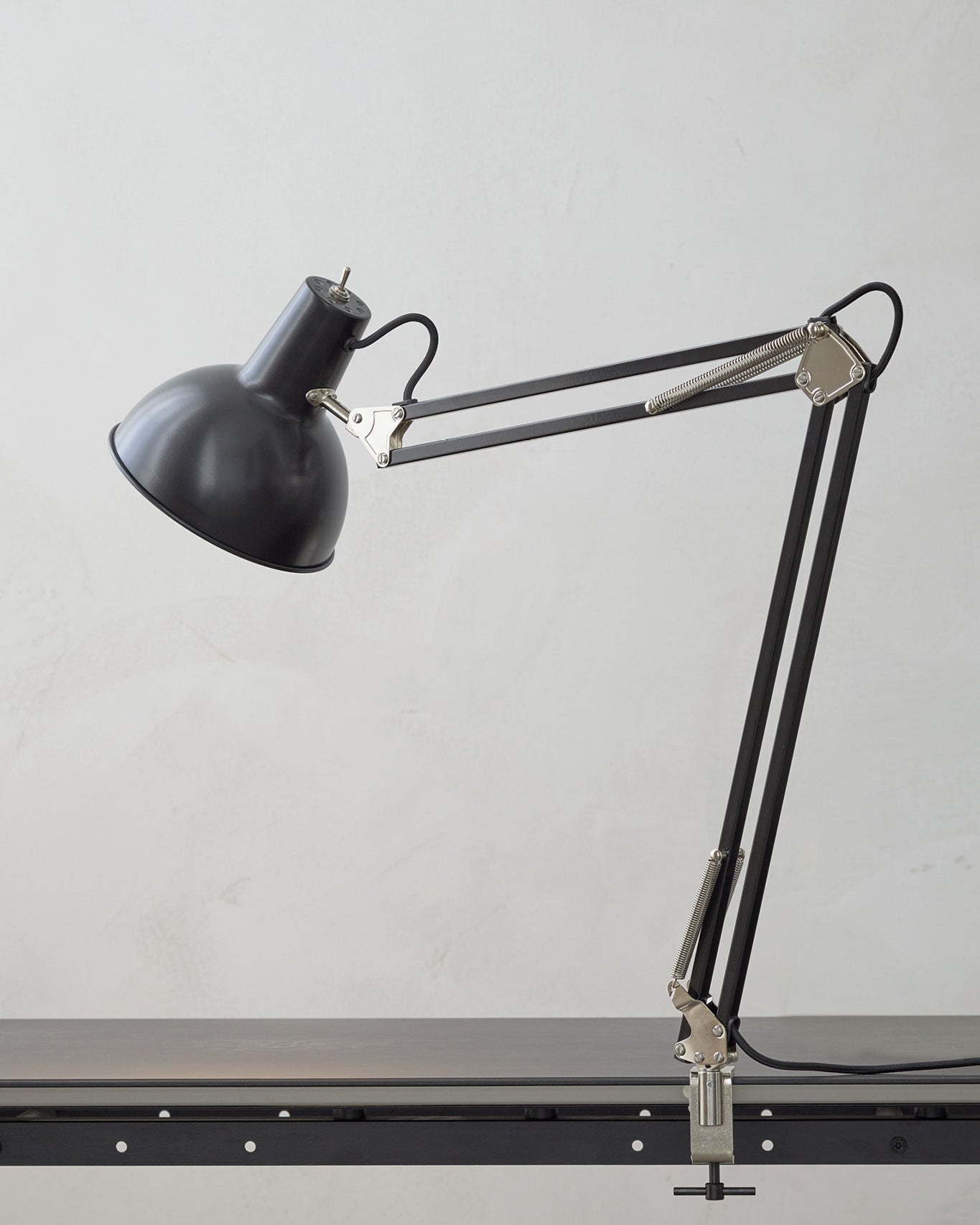
SPRING-BALANCED


